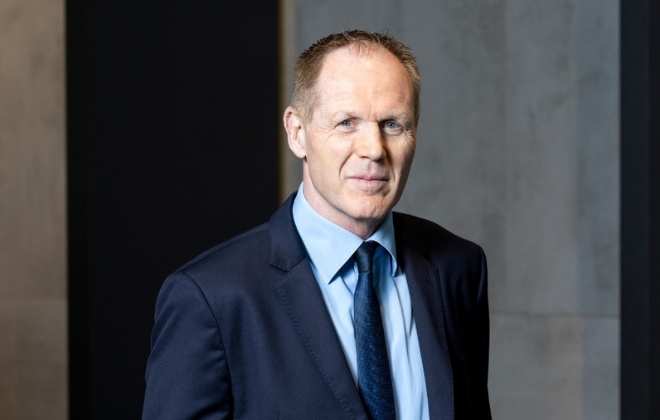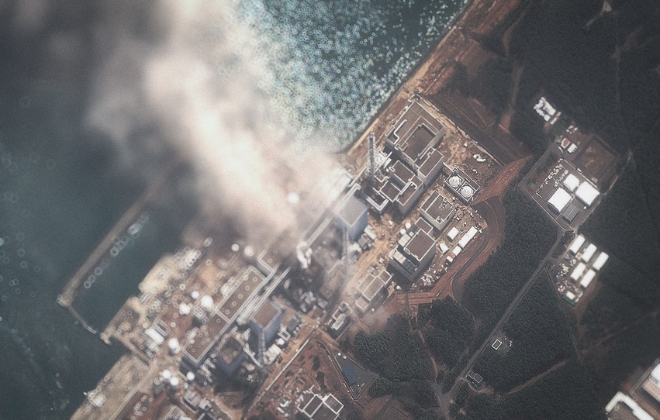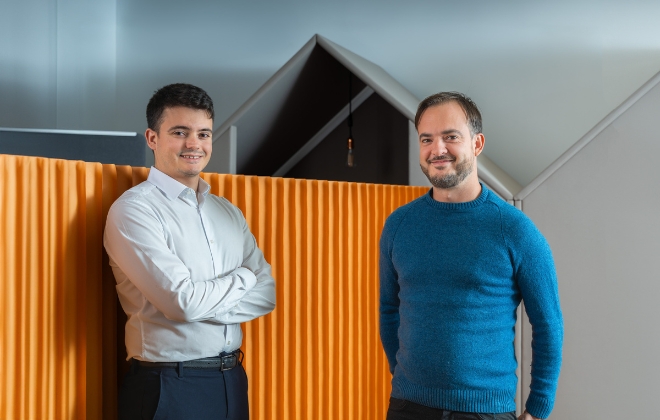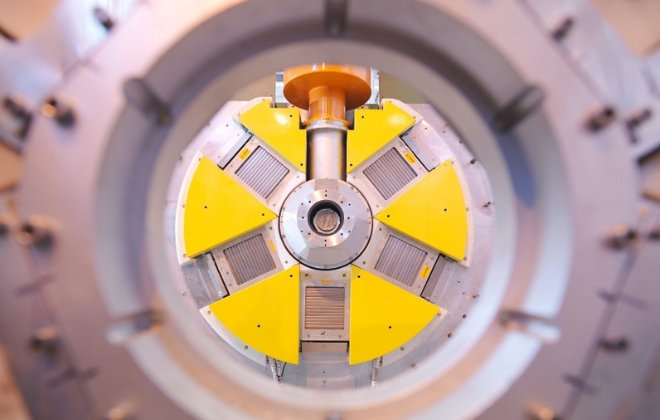Power plants: how long is long enough?
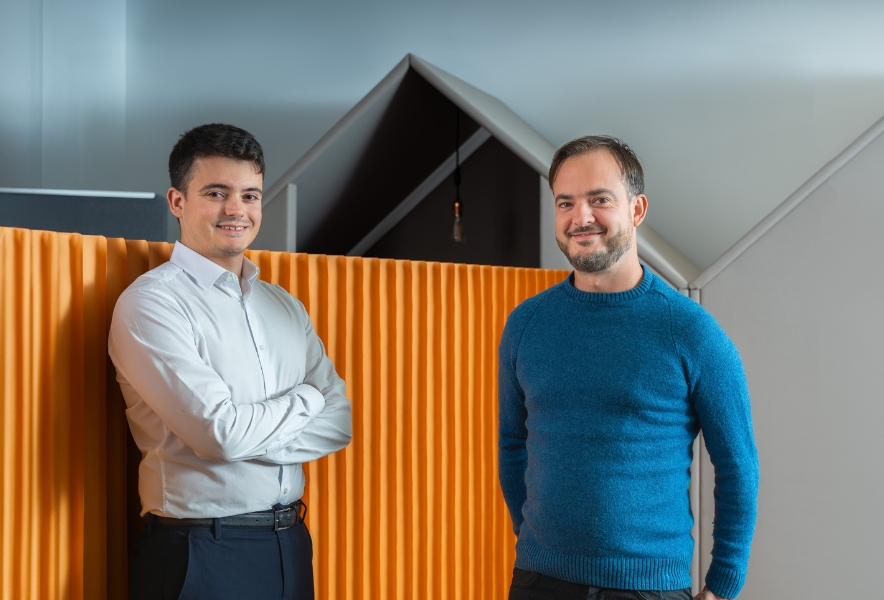

Joan Giraudeau, Team Leader Founder of Plateau Service Nucléaire (PSN), as well as Nuclear Specialist at ALTEN; and Adrien Cognet, Engineer and Nuclear Specialist at ALTEN, exchange views on these challenges.
Interview – The 2011 Fukushima accident in Japan had a major impact on safety concerns, in France and worldwide. Today, safety has been ramped up and there is a new generation of nuclear power plants in the offing. Yet it will take some time for these new plants to become operative. In the meanwhile, the demand for energy continues to grow. At the same time, many of the existing plants are still in viable operating condition. Keeping these plants operative involves action on two major fronts: ensuring their continued operating security and building public trust.
What is involved in keeping a nuclear power plant operative?
J.G. — The first-generation nuclear power plants in France were designed to be as reliable as possible with the technical means available at the time they were built. While they did not have a timeframe for obsolescence, it was generally decided that in 40 years we would see how the equipment and technologies had evolved, even though we knew our basic plants could last longer. As a result, once a plant has been in operation 40 years, we conduct regular inspections to ensure adequate maintenance – what we refer to as “restarting.” The idea is to permit the reactors to continue operating for at least another ten years.
How often are these inspections made and what do they involve?
J.G. — There are different types of inspections. The most frequent are ASR shutdowns, arrêt simple rechargement in French, a series of partial inspections every 18 months. We take advantage of shutdowns for refueling to carry out these inspections, which last about one month, and to conduct light maintenance. There are also intermediary shutdowns that are conducted every three years and can last up to three months; in these, more substantial maintenance is carried out. Then every ten years, there is a major inspection which lasts six months. The ten-year inspections involve much more extensive maintenance, including hydraulic and containment tests.
Alongside these continuing inspections and refurbishments, ongoing since 2014, there is the “grand carénage” – a major refurbishment which aims to improve the reliability of our “objective-40” facilities, enabling them to continue operating into their 50s and 60s and beyond. This comprehensive checkup involves the renovation and replacement of any components deemed necessary, such as the steam generators, turbines, nuclear condensers, etc. With modifications and preventive maintenance, we’re sure we can take our initial fleet well beyond 40 years. Today, we’re talking about 60 years, and maybe when we get to 60 we’ll want to extend it to 70. We also continuously update and improve the safety standards of our older facilities to ensure they reach a level of safety equivalent to that of the new reactors.
What are the factors that could block the extension of a nuclear power plant’s lifespan?
A.C. — Major nuclear events, such as Fukushima or Chernobyl, have stirred up public opinion. A societal brake could be a major stumbling block. For example, France’s Fessenheim plant was shut down for political reasons, even though it had very good safety records – better than some other more recent plants. Why Fessenheim? Because it was the oldest French nuclear plant, and the most controversial politically.
What are the benefits of extending the life of these plants? What’s at stake?
A.C. — I think there’s a lot at stake. On the one hand, given all the resources and facilities required to build and operate a nuclear power plant, even one year’s gain is a boon from the point of view of the environment and the non-wasting of resources.
Another important environmental factor is that compared with other energy sources, nuclear power is a low-carbon. A nuclear power plant emits very little carbon during operation. Over the entire lifecycle of the plant, if we include earthworks, construction, operation, and transport – of radioactive materials, new fuel, and waste – a nuclear power plant emits 4 grams of CO2 per kilowatt hour, according to a recent EDF study. This is extremely low compared with photovoltaic panels for example, which produce around 50 grams of CO2 during their manufacturing. It’s also much lower than gas; even natural gas-fired power plants are responsible for 350 grams of CO2 emissions per kilowatt hour. And of course, it is much less than coal-fired power plants, which emit 950 grams of CO2 for every kilowatt-hour of electricity they generate.
Would you say that nuclear energy is “green”?
A.C. — In my view, compared with other sources nuclear energy is very green; but we can’t say that is strictly green because there’s still a small amount of CO2 per kilowatt hour involved in its production. So, maybe it would be more correct to call it “low-carbon energy”.
Reactors produce dangerous radioactive waste which, although a small amount, we will have to deal with for thousands of years.
It is also important to keep in mind that nuclear power helps us meet the needs of tomorrow. For example, if we want to replace internal combustion car engines with an electric car fleet, we can’t do so without reliable and powerful sources of energy, such as nuclear. We can’t transform the thermal fleet into an electric one simply by using solar and photovoltaic energy.
Because the need for electricity will get even bigger in the future, it is crucial to use nuclear power in addition to other renewable sources of energy. This is also why we need to extend the lifespan of nuclear plants to respond to our growing needs in electricity while we are waiting for the new generation of EPR.
Do we need new skills to handle these types of projects?
J.G. — We’re experiencing a shortage in skilled professionals resulting from the rapid expansion of the nuclear industry and the recent period of stagnation. The entire industry has been affected: experts are in short supply and often their skills have not been updated for years. According to industry estimates, the construction of the six new EPR2 reactors will require the recruitment of 100,000 technicians and engineers between now and 2030. To meet the increasing demand for nuclear expertise and to enhance the skills of our experts in nuclear-related topics, ALTEN has established the Nuclear ALTEN Academy. This expertise will enable us to tackle the challenges of the nuclear industry in the coming years.
To find out more
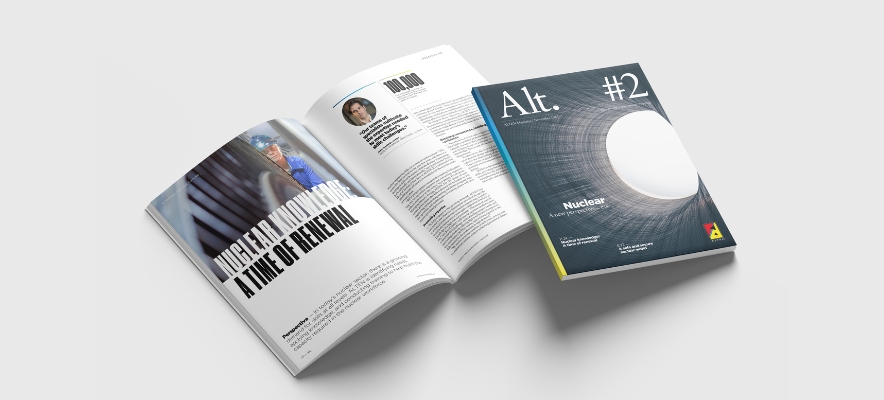
Magazine Alt. #2
The world is actively exploring responsible nuclear power as an answer to pressing energy and environmental needs. Global awareness of the promise of nuclear power has grown in the light of climate change and increasing energy demands. The sector’s potential for innovation makes it a dynamic and vital field for the global workforce.
Find out more on how ALTEN, as a partner to leading names in the nuclear industry, holds a privileged position as an observer of market dynamics, and as a provider of cutting-edge technical expertise to support the design, maintenance, and safety of nuclear facilities.



